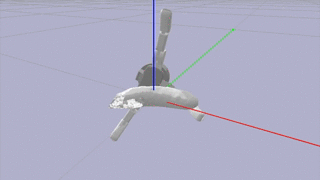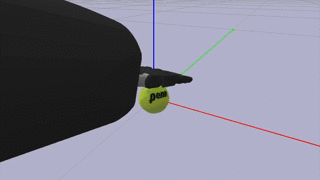Papers
Generating the grasps
QD methods need a relevant behavioral characterization to address a given problem. But inferring it from the grasping success criterion results in a too high dimensional behavioral space, making the problem untractable. This paper introduces a simple behavioral characterization to address robotic grasping with QD. This design choice led to a new setup called sparse interaction problems, in which the evaluations may not return a behavioral signal. It appears that sparse interaction problems lead to unexpected properties for standard QD methods, raising new challenges for addressing manipulation tasks with QD.
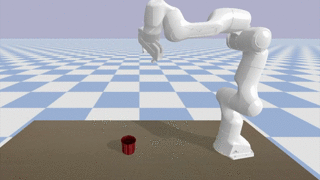
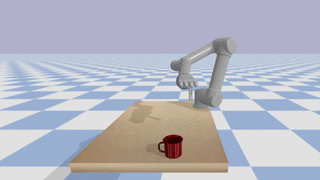
Computing labels for sim2real transfer
Generating thousands of diverse grasping trajectories in simulation does not guarantee their exploitability in the real world. The differences between simulation and reality can make a high-performing solution in simulation inefficient in reality (reality gap). This paper aims to bridge the reality gap for automatically generated grasps by identifying quality criteria computed in simulation that are correlated with the sim2real transferability. Domain Randomization can be leveraged for computing such quality criteria, allowing the selection of the grasps with a high probability of successful transfer. One can also rely on these criteria to make the generated solution even more robust to sim2real transfer or to identify the simulation weaknesses that have a critical impact on the reality gap.
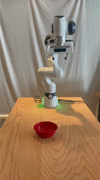
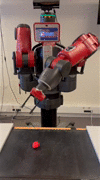
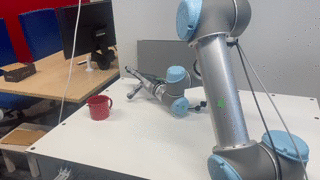
Adapting reach-and-grasp trajectories to the whole operational space
The targeted object's state is fixed during the generation of the data in simulation. However, the reach-and-grasps trajectories can easily be adapted to any object pose in the operational space by applying simple rigid transformations. Such an adaptation requires being able to accurately get the 6-DoF position of a target object in reality, which is a very challenging task. This problem has been addressed by designing an integration pipeline that exploits several state-of-the-art image processing techniques, including an open-vocabulary object detector, a 6-DoF object pose detector, and an object pose tracker.
Speeding up 6-DoF Grasp Sampling with Quality-Diversity
An increasing number of work leverage 6DoF grasping dataset to train generative models for predicting grasp poses on unknown objects. To generate the grasps, elements are randomly sample in a search space defined with respect to priors. This work exploit Quality-Diversity optimization to speed up this process. By combining previous work on QD with the standard grasping priors, large repertoires of diverse and robusts 6DoF grasp poses are more efficiently produced on different grippers. Simulation-to-reality deployments completed on two plateforms show the exploitability of the data generated.
